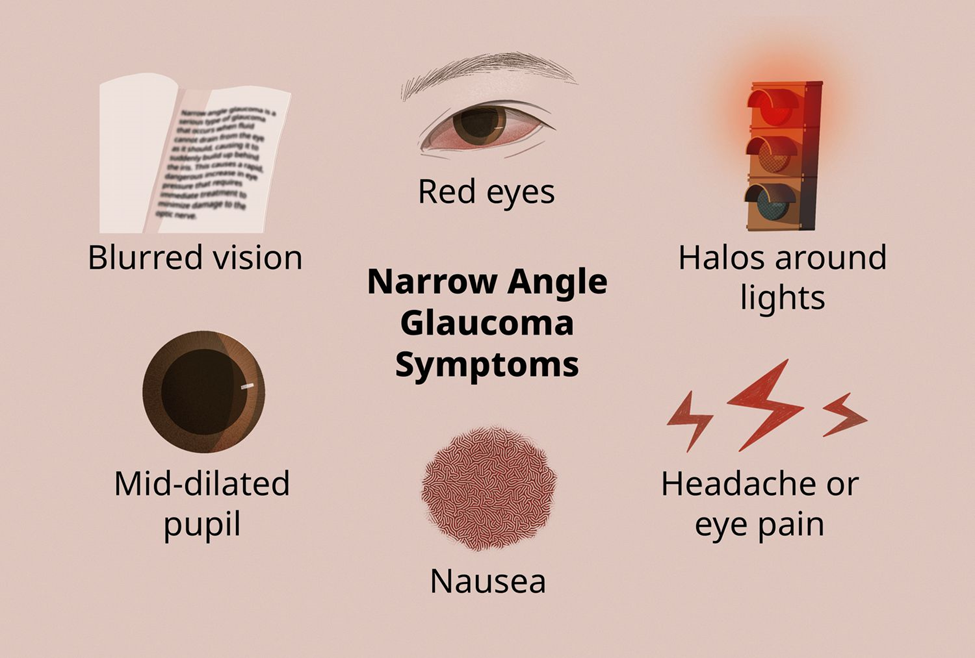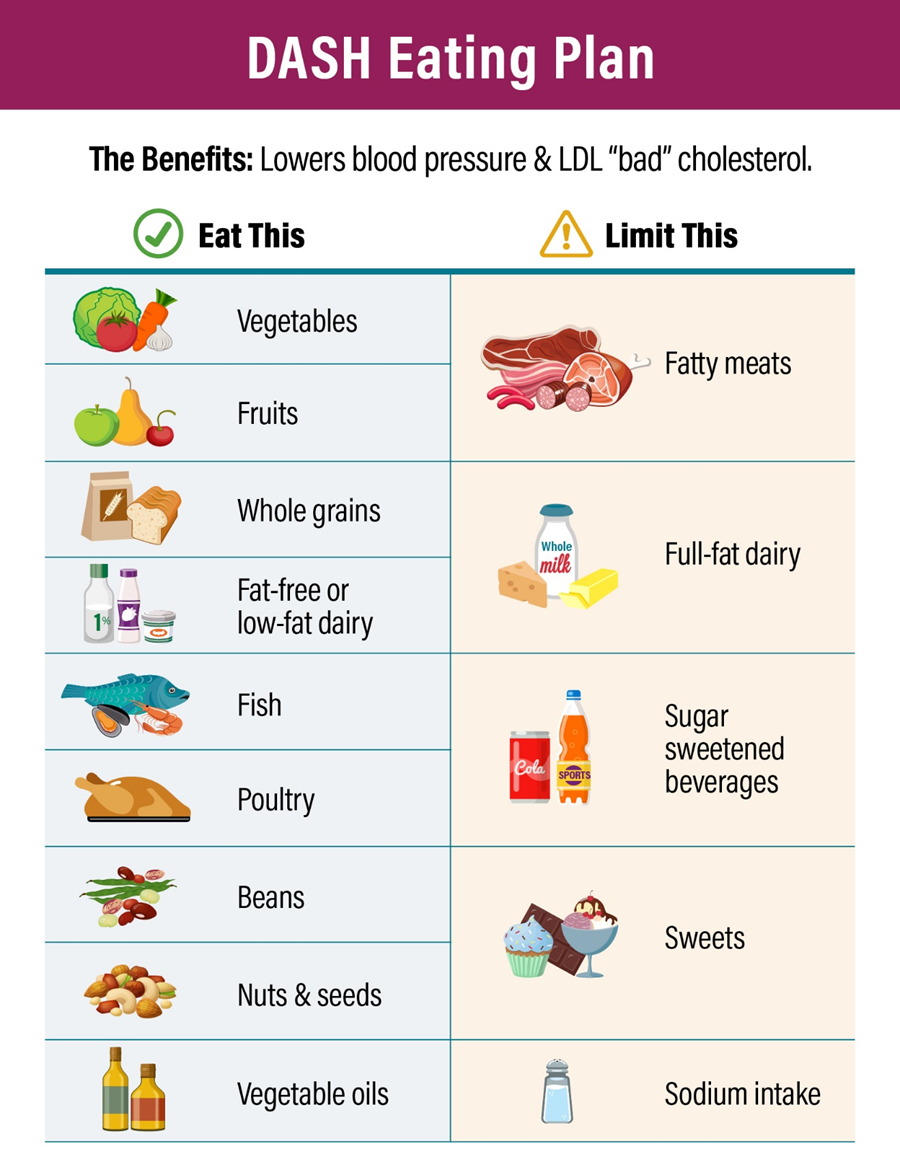An adult who was recently diagnosed with glaucoma tells the nurse, "it feels like I am driving through a tunnel." The client expresses great concern about going blind. Which nursing instruction is most important for the nurse to provide this client?
Eat a diet high in carotene.
Wear prescription glasses.
Avoid frequent eye pressure measurements.
Maintain prescribed eye drop regimen
The Correct Answer is D
A. Eat a diet high in carotene:
While a healthy diet is important for overall well-being, there is no evidence to suggest that a diet high in carotene specifically prevents or treats glaucoma. The focus in glaucoma management is on intraocular pressure control.
B. Wear prescription glasses:
Prescription glasses may be beneficial for addressing refractive errors, but they do not specifically address the management of glaucoma. The client's concern about driving through a tunnel is more likely related to changes in peripheral vision associated with glaucoma.
C. Avoid frequent eye pressure measurements:
This is not the most important instruction. Monitoring intraocular pressure is a crucial aspect of glaucoma management, and the frequency of measurements is determined by the healthcare provider. Regular monitoring helps assess the effectiveness of treatment and disease progression.
D. Maintain the prescribed eye drop regimen:
This is the correct answer. The most important instruction for the client is to adhere to the prescribed eye drop regimen. Medications, often in the form of eye drops, are commonly used to lower intraocular pressure and manage glaucoma. Consistent use of prescribed medications is critical for controlling the condition and preventing further vision loss.

Nursing Test Bank
Naxlex Comprehensive Predictor Exams
Related Questions
Correct Answer is D
Explanation
A. Carefully cleans and peels all fresh fruit and vegetables:
While cleaning and peeling fresh fruits and vegetables may contribute to food safety, it is not a specific indication of adherence to the DASH eating plan.
B. Uses only lactose-free dairy products:
The DASH eating plan encourages the consumption of low-fat or fat-free dairy products. Using lactose-free dairy products may be necessary for individuals with lactose intolerance, but it is not a specific behavior related to the DASH plan.
C. No longer includes grains in the daily diet:
The DASH eating plan includes whole grains as part of a balanced diet. Eliminating grains altogether is not consistent with the DASH plan, which encourages the consumption of whole grains.
D. Enjoys fat-free yogurt as an occasional snack food:
This is the correct answer. The DASH eating plan recommends the inclusion of low-fat or fat-free dairy products as part of a heart-healthy diet. Choosing fat-free yogurt as an occasional snack aligns with the principles of the DASH plan, which emphasizes low-fat dairy options.

Correct Answer is C
Explanation
A. Facial puffiness and periorbital edema:
These are common signs of hypothyroidism but may not require immediate action unless accompanied by severe symptoms.
B. Cold and dry skin:
Cold and dry skin is a characteristic feature of hypothyroidism, but a further decline in the level of consciousness is a more urgent issue.
C. Further decline in the level of consciousness.
A decline in the level of consciousness is a critical sign that requires immediate attention, as it may indicate worsening hypothyroidism, myxedema coma, or other serious complications. Myxedema coma is a life-threatening condition associated with severe hypothyroidism, and it requires prompt medical intervention.
D. Hematocrit of 30% (0.30):
While anemia is a potential complication of hypothyroidism, a hematocrit of 30% alone may not be the most immediate concern compared to a decline in the level of consciousness.
Whether you are a student looking to ace your exams or a practicing nurse seeking to enhance your expertise , our nursing education contents will empower you with the confidence and competence to make a difference in the lives of patients and become a respected leader in the healthcare field.
Visit Naxlex, invest in your future and unlock endless possibilities with our unparalleled nursing education contents today
Report Wrong Answer on the Current Question
Do you disagree with the answer? If yes, what is your expected answer? Explain.
Kindly be descriptive with the issue you are facing.
